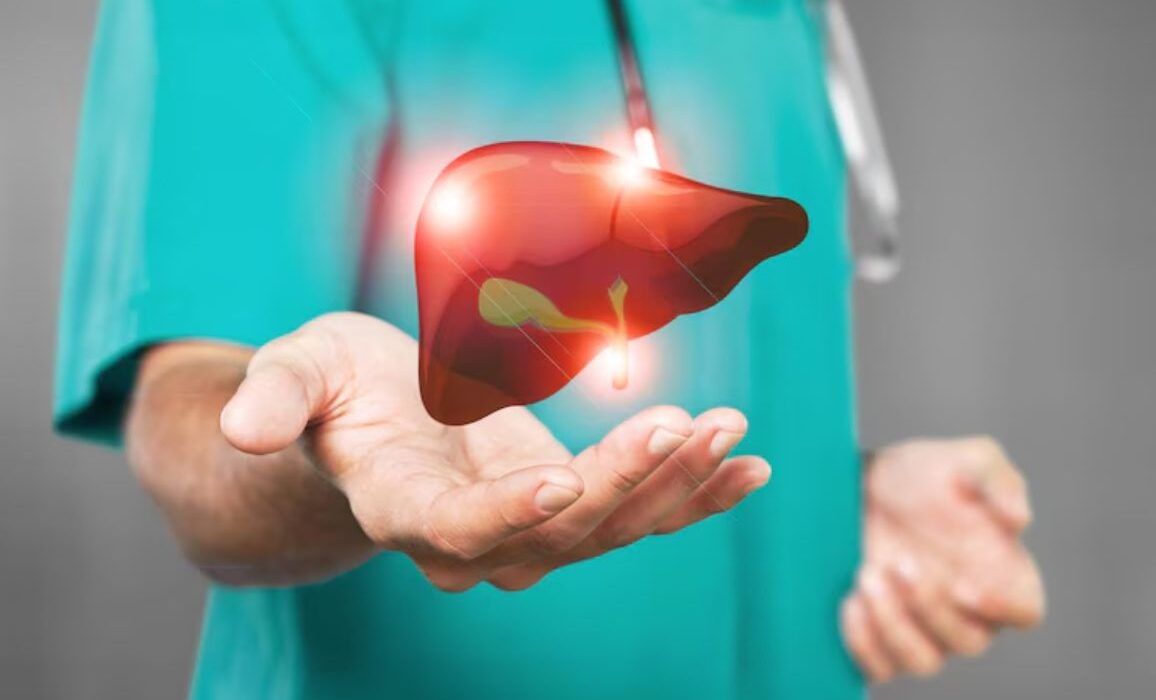Non-alcoholic Fatty Liver Disease: Symptoms and Risk Factors
NAFLD and NASH are both linked to the following: genetics, overweight or obesity, and of course insulin resistance, which occurs when one’s cells do not take up sugar in response to the hormone insulin. Non-alcoholic fatty liver is a health issue not to be taken lightly.
Type 2 diabetes causes high blood sugar or hyperglycemia, implying high levels of fats, especially triglycerides, in the person’s blood.
Nonalcoholic fatty liver disease, often referred to as NAFLD is a liver problem that affects people who drink little or even no alcohol. In NAFLD, too much fat tends to build up in the liver. It is seen most often among those who are overweight or obese.
The number of people with obesity is on the increase in several countries. It is the most common form of liver disease in the world. NAFLD does range in severity from hepatic steatosis, known as fatty liver, to a more severe form of disease referred to as nonalcoholic steatohepatitis (NASH).
NASH does cause the liver to swell and also become damaged due to the fat deposits in one’s liver. NASH can get worse and can lead to serious liver scarring, known as cirrhosis, and even liver cancer. This damage is caused by heavy alcohol intake.
A move is presently underway to change the name of non-alcoholic fatty liver disease to rather metabolic dysfunction-associated steatotic liver disease (MASLD). Experts also have indeed recommended changing the name of non-alcoholic steatohepatitis to metabolic dysfunction-associated steatohepatitis (MASH).
Symptoms
NAFLD often has, in fact, no symptoms. When it does, they can include:
- Not feeling well, or even malaise.
- Pain or discomfort in one’s upper right belly area.
Possible symptoms of NASH and also cirrhosis, or perhaps severe scarring, include:
- Itchy skin.
- Abdominal swelling, also known as ascites (uh-SY-teez).
- Shortness of breath.
- Swelling of one’s legs.
- Spider-like blood vessels exist beneath the skin’s surface.
- Enlarged spleen.
- Red palms.
- Yellowing of one’s skin and eyes, or jaundice.
When to see a doctor?
Appointment with the health care team if suffering from lasting symptoms is a good idea if these symptoms are bothersome.

Thus, fatty liver disease means that fat inside has accumulated in side one’s liver that can, over time, affect liver function and also cause liver injury. People who drink too much alcohol can suffer from fat in their liver, but that condition is different from fatty liver disease.
Types of fatty liver disease
Healthcare providers divide fatty liver disease into two types. If just having fat but no damage to the liver, the disease is referred to as non-alcoholic fatty liver disease (NAFLD). If suffering from fat in one’s liver plus signs of inflammation and liver cell damage, then the disease is known as nonalcoholic steatohepatitis (NASH).
Who is at risk?
Healthcare providers do not know the exact cause of fatty liver disease. But they do appear to think that obesity is the most common cause. Obesity is on a steady rise in fatty liver disease. Although children and also young adults can get fatty liver disease, it is most common in middle age.
Risk factors include:
- Being overweight.
- Having high blood fat levels, either triglycerides or even LDL (“bad”) cholesterol.
- Having diabetes or pre-diabetes.
- High blood pressure.
Treatment
If you have NAFLD without any other kind of medical problems, then there is no need for any special treatment. Few lifestyle changes do help control fat in the liver or even reverse it, like:
- Losing weight.
- Lowering cholesterol and triglycerides.
- Controlling one’s diabetes.
- Avoiding alcohol.
If having NASH, no medication is available to reverse the fat buildup in the liver. In a few cases, the liver damage stops or even reverses itself. But in a few others, the disease continues to progress.
Conclusion
The conscious effort to make required lifestyle changes—food intake or exercise to lose weight—helps control fatty liver. Non-alcoholic fatty liver is of much concern to affected people.



